
Yingyi Zhang
About Me
I am now a fourth-year PhD candidate at the joint program between Dalian University of Technology (DUT) and City University of Hong Kong (CityU). And I am jointly supervised by Prof. Xianneng Li (at DUT) and Prof. Xiangyu Zhao (at CityU). Before that, I graduated from DUT with a bachelor’s degree in Information Management and Information Systems in 2020. My interests lie in Personalized Recommender System, Personalized RAG, and Personalized LLM.
🔥 News
- [Nov. 2025] I am awarded the Student Scholarship prize at AAAI’26!
- [Nov. 2025] Our paper about Personalized Pre-Retrieval is accepted to AAAI’26 as 🌟ORAL!
- [Nov. 2025] Our paper about LLM4Rank is accepted to AAAI’26, congrats to Zhewei!
- [Sep. 2025] Our paper about Agentic RAG is accepted to Neurips’25, congrats to Wenlin!
- [Aug. 2025] Our paper about Debias in RecSys is accepted to CIKM’25, congrats to Yue!
- [May. 2025] Our paper about Cloud-Device Collaboration is accepted to KDD’25!
- [Feb. 2025] Our paper about User Intent Recognition is accepted to WWW’25, congrats to Zhipeng!
- [Feb. 2025] Our BMI@DLUT win the 🥉bronze medal at WWW compitition: Multimodal Dialogue System Intent Recognition Challenge!
- [Sep. 2024] I started the joint PhD program bewteen DUT and CityU, joint supervised by Prof. Xianneng Li (at DUT) and Prof.Xiangyu Zhao (at CityU).
- [Aug. 2024] Our BMI@DLUT team awarded the 🥈Second Prize and Student Award in the KDD Cup 2024, User Behavior Alignment Track!
- [Nov. 2023] Our paper about Debias in RecSys is accepted to CAI’23, congrats to Yudi!
- [Sep. 2023] Our BMI@DLUT win the 🥉National Third Place at Supreme People’s Procuratorate National Procuratorate Big Data Legal Supervision!
- [Sep. 2023] I am awarded the Outstanding Graduate Student prize at DUT!
- [Jun. 2023] Our paper about Multi-Task in RecSys is accepted to RecSys’23, congrats to Zerong!
- [Jan. 2023] Our paper about Multi-Domain in RecSys is accepted to WWW’23!
- [Jan. 2023] Our paper about User Modelling in RecSys is accepted to Journal of Management Sciences in China, the Top 1 Chinese journal in Management and Science!
- [Sep. 2022] I started my PhD. Career at DUT, supervised by Prof. Xianneng Li.
- [Sep. 2021] I started the research intern at Metituan in the search group.
🎖 Awards
-
2025Student Scholarship prize at AAAI'26 (1,000 USD)
-
2025🥉Bronze medal at WWW compitition: Multimodal Dialogue System Intent Recognition Challenge (7,000 CNY)
-
2024Graduate Research Fund of the School of Economics and Management of Dalian University of Technology (50,000 CNY)
-
2024🥈Second price and Student Award: in KDD Cup 2024 Multi-task Online Shopping Challenge for LLMs at User Behavior Alignment Track (1,750 USD)
-
2023National Third Prize: Supreme People’s Procuratorate National Procuratorate Big Data Legal Supervision
-
2023Outstanding Graduate Student
-
2023Commended Paper: The eleventh CNAIS Annual Conference
-
2021Best Paper: The First Academic Conference on Data Intelligence and Management
📖 Education
-
 City University of Hong KongSep. 2024 - Now
City University of Hong KongSep. 2024 - Now -
 Dalian University of TechnologySep. 2022 - Now
Dalian University of TechnologySep. 2022 - Now -
 Dalian University of TechnologySep. 2020 - Jul. 2022
Dalian University of TechnologySep. 2020 - Jul. 2022 -
 Dalian University of TechnologySep. 2016 - Jul. 2020
Dalian University of TechnologySep. 2016 - Jul. 2020
📝 Publications
-
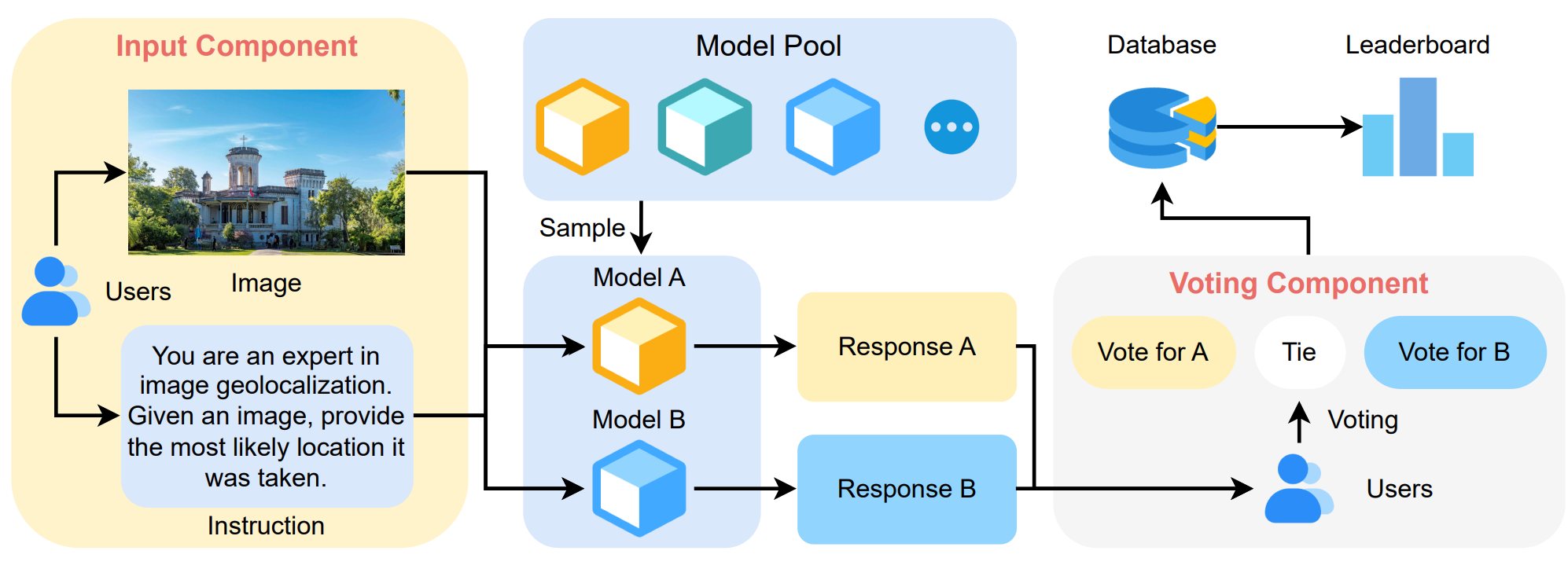 Arxiv
Arxiv
-
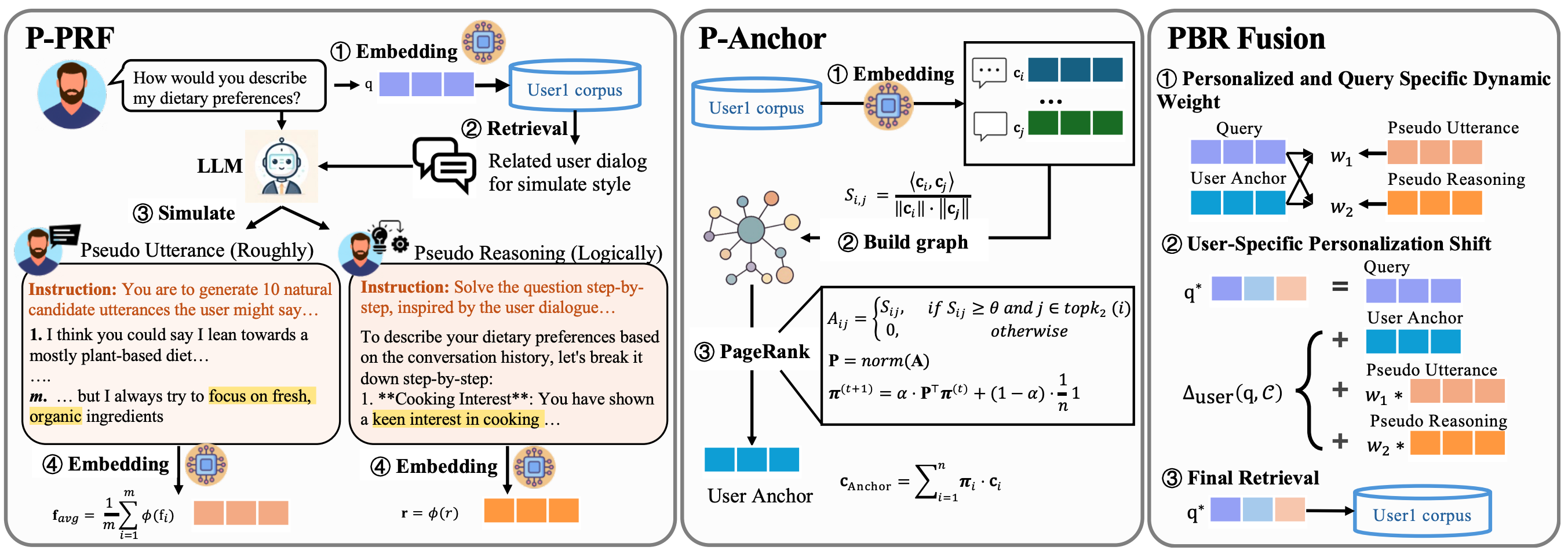 AAAI'26-Oral
The 40th Annual AAAI Conference on Artificial Intelligence (AAAI'26), 2025.
AAAI'26-Oral
The 40th Annual AAAI Conference on Artificial Intelligence (AAAI'26), 2025. -
 AAAI'26
The 40th Annual AAAI Conference on Artificial Intelligence (AAAI'26), 2025.
AAAI'26
The 40th Annual AAAI Conference on Artificial Intelligence (AAAI'26), 2025. -
 KDD'25
The 31st ACM SIGKDD Conference on Knowledge Discovery and Data Mining (KDD'25), 2025.
KDD'25
The 31st ACM SIGKDD Conference on Knowledge Discovery and Data Mining (KDD'25), 2025. -
 WWW'25
The ACM Web Conference (WWW'25 Compitition Track), 2025.PDF Project Page 🥉Bronze Medal
WWW'25
The ACM Web Conference (WWW'25 Compitition Track), 2025.PDF Project Page 🥉Bronze Medal -
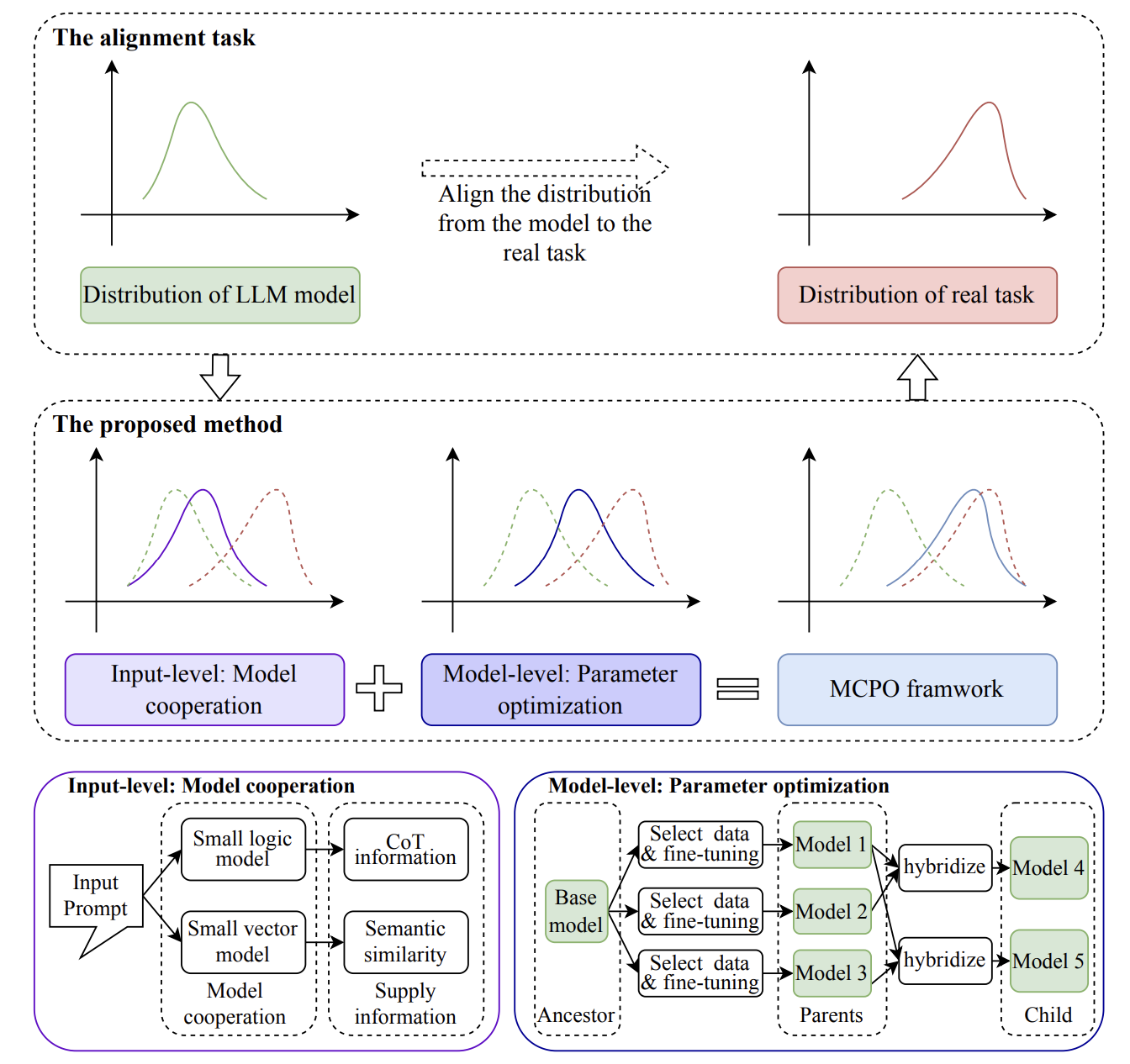 Amazon KDD Cup
KDD Cup 2024 Workshop: A Multi-task Online Shopping Challenge for Large Language Models (Amazon KDD Cup), 2024.PDF Project Page 🥈Second Prize and Student Award
Amazon KDD Cup
KDD Cup 2024 Workshop: A Multi-task Online Shopping Challenge for Large Language Models (Amazon KDD Cup), 2024.PDF Project Page 🥈Second Prize and Student Award -
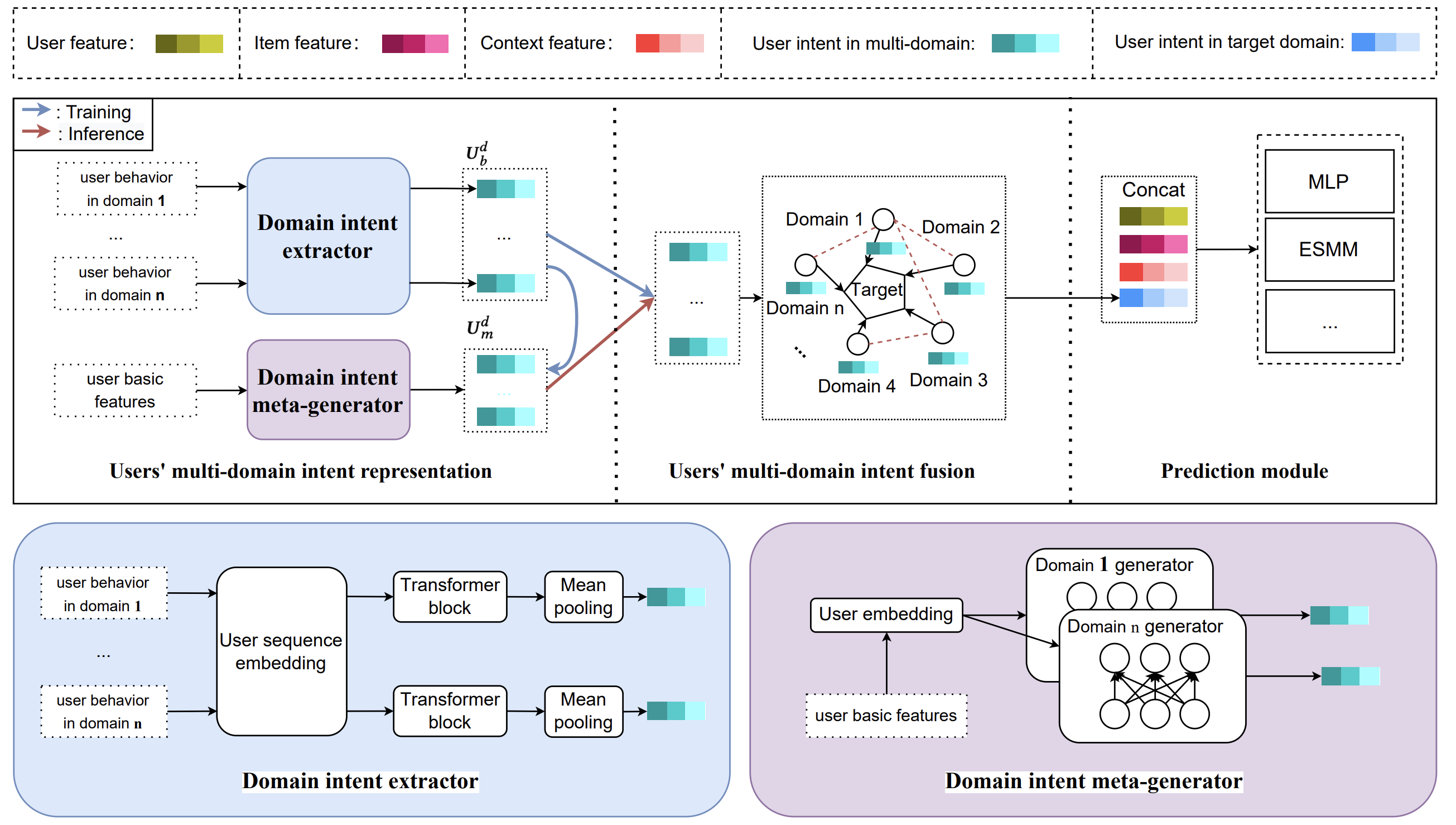 WWW’23 - industry truck
The ACM Web Conference (WWW'23 Industry Track), 2023.PDF An Online Deployed Systems in Meituan
WWW’23 - industry truck
The ACM Web Conference (WWW'23 Industry Track), 2023.PDF An Online Deployed Systems in Meituan -
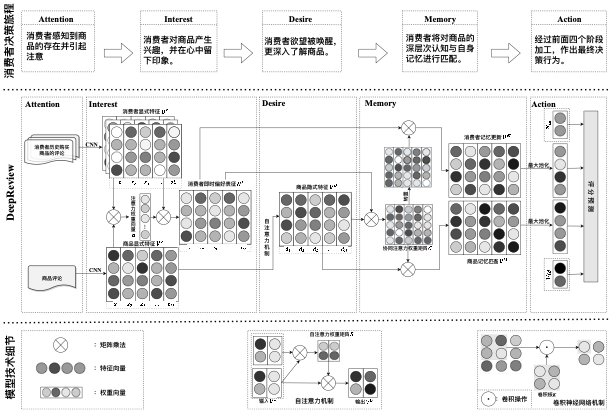 Journal of Management Sciences in China.PDF The Top 1 Chinese journal in Management and Science
Journal of Management Sciences in China.PDF The Top 1 Chinese journal in Management and Science -
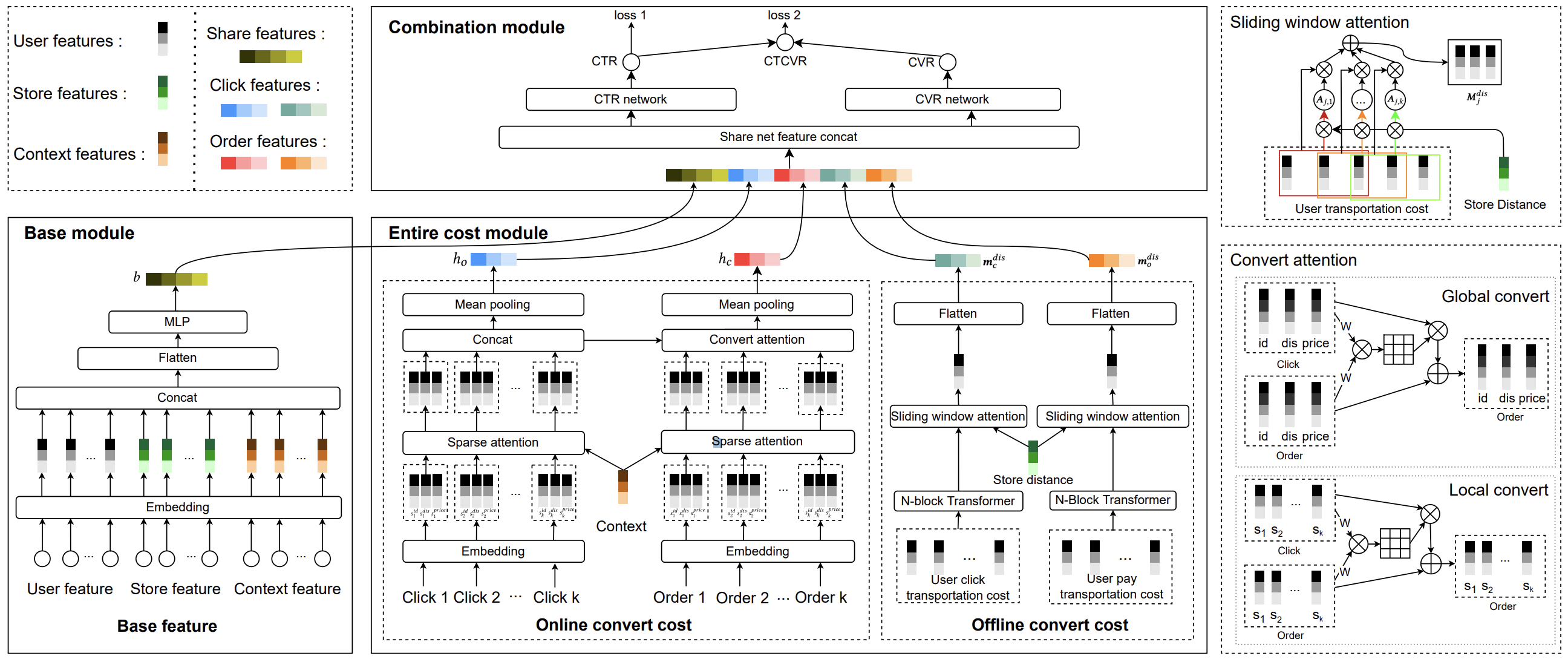 DL4SR@CIKM
Workshop on Deep Learning for Search and Recommendation, co-located with the 31st ACM International Conference on Information and Knowledge Management (DL4SR@CIKM), 2022.PDF An Online Deployed Systems in Meituan
DL4SR@CIKM
Workshop on Deep Learning for Search and Recommendation, co-located with the 31st ACM International Conference on Information and Knowledge Management (DL4SR@CIKM), 2022.PDF An Online Deployed Systems in Meituan
- Our Survey Paper
- Maolin Wang✨, Yingyi Zhang✨, Bowen Yu✨, Bingguang Hao, Cunyin Peng, Yicheng Chen, Wei Zhou, Jinjie Gu, Chenyi Zhuang, Ruocheng Guo, Wanyu Wang, Xiangyu Zhao. Function Calling in Large Language Models: Industrial Practices, Challenges, and Future Directions. Preprint
- Xiaopeng Li, Pengyue Jia, Derong Xu, Yi Wen, Yingyi Zhang, Wenlin Zhang, Wanyu Wang, Yichao Wang, Zhaocheng Du, Xiangyang Li, Yong Liu, Huifeng Guo, Ruiming Tang, Xiangyu Zhao. A Survey of Personalization: From RAG to Agent. Preprint
- Wenlin Zhang, Xiaopeng Li, Yingyi Zhang, Pengyue Jia, Yichao Wang, Huifeng Guo, Yong Liu, Xiangyu Zhao. Deep research: A survey of autonomous research agents. Preprint
- Other Metioned Papers
- Wenlin Zhang, Xiangyang Li, Kuicai Dong, Yichao Wang, Pengyue Jia, Xiaopeng Li, Yingyi Zhang, Derong Xu, Zhaocheng Du, Huifeng Guo, Ruiming Tang, Xiangyu Zhao. Process vs. Outcome Reward: Which is Better for Agentic RAG Reinforcement Learning. Process vs. Outcome Reward: Which is Better for Agentic RAG Reinforcement Learning. Accepted at Neurips’25
- Yue Que, Yingyi Zhang, Xiangyu Zhao, Chen Ma. Causality-aware Graph Aggregation Weight Estimator for Popularity Debiasing in Top-K Recommendation. Accepted at CIKM’25
- Yudi Xiao, Yingyi Zhang, Xianneng Li. Modeling Variational Anchoring Effect for Recommender Systems. Accepted at CAI’23
- Zerong Lan, Yingyi Zhang, Xianneng Li. M3REC: A Meta-based Multi-scenario Multi-task Recommendation Framework. Accepted at RecSys’23
💻 Internships
- Oct. 2024 - Now: Research Intern at Huawei, Noah’s Ark Lab.
- Working on Personalized RAG and Recommendation with LLM.
- Sep. 2021 - Jul. 2022: Research Intern at Meituan, Search Group.
- Studied on Cross Business Domain Complementary and Fusion Methods from Perspective of Consumer Behavior Understanding.
✏️ Services
- Reviewer
- AAAI 2026
- Volunteer
- AAAI 2026
Powered by Jekyll and Minimal Light theme.